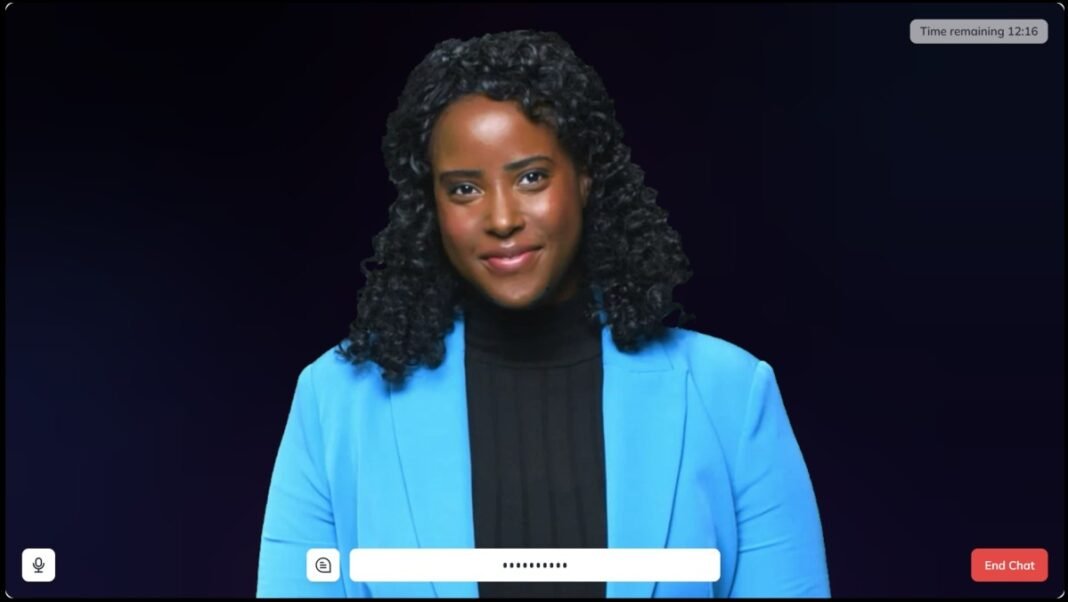AI-Powered Avatars Transform Understanding of Refugee Realities
Revolutionizing Humanitarian Awareness with Artificial intelligence
An innovative initiative by a United Nations-affiliated research institute has introduced two AI-generated avatars designed to deepen public understanding of refugee hardships. These digital characters enable users to engage in dynamic conversations, offering a unique window into complex humanitarian situations.
Introducing Amina and Abdalla: Digital Narratives from Sudan’s Conflict Zones
The project centers on Amina, a fictional woman who fled violence in sudan and now lives in a refugee camp in Chad, alongside Abdalla, an imagined soldier associated with Sudan’s Rapid Support Forces.Developed within an experimental course at the United Nations University Center for Policy Research (UNU-CPR), these avatars bring personal stories from conflict zones to life through AI interaction.
Interactive Dialog as a Tool for Empathy and Education
Accessible via a specialized website,visitors can engage directly with these avatars to explore their experiences and viewpoints. Despite some users facing registration challenges on the platform, this approach represents an inventive method for making distant crises more relatable through technology-driven storytelling.
The Promise and Controversies Surrounding AI Avatars in Advocacy Work
Eduardo Albrecht, senior fellow at UNU-CPR and Columbia University professor involved in the project, stresses that this experiment serves as an exploratory step rather than a finalized communication strategy for UN outreach. The team envisions future applications where such AI agents could rapidly convey urgent appeals to donors worldwide.
Still, feedback from workshop participants revealed reservations; many argued that authentic refugee voices should remain central rather than being replaced by artificial constructs. This debate underscores ongoing ethical questions about authenticity when employing AI tools within social justice campaigns.
The Intersection of Technology and Global Humanitarian Efforts
- Current Displacement Figures: In 2024,over 110 million individuals have been forcibly uprooted globally due to war or persecution-an all-time high demanding fresh approaches to awareness-building.
- Diverse Digital Innovations: Beyond avatars like Amina and Abdalla, humanitarian groups increasingly utilize virtual reality environments and immersive narrative apps aimed at fostering empathy among international audiences.
- Pioneering Solutions: Comparable projects include AI-powered chatbots developed by NGOs that offer refugees direct access to legal guidance or mental health resources via smartphones.
“When wielded thoughtfully,technology can elevate marginalized perspectives-but it must enhance rather than overshadow genuine human stories.”
A Contemporary Example: Immersive Virtual Experiences Amplifying Refugee Voices
An analogous initiative is “Project Empathy,” which employs VR headsets allowing participants to virtually live through the daily struggles faced by displaced Syrians or Venezuelans. Such immersive encounters have demonstrated notable boosts in public empathy levels and also increased contributions toward humanitarian aid programs.
navigating Future Challenges: Merging Innovation with Respectful Depiction
This groundbreaking use of AI-driven avatars highlights both exciting possibilities and critical challenges when integrating advanced technologies into humanitarian education efforts. While these tools can expand outreach efficiently-especially amid growing donor fatigue-thay require careful design so they do not unintentionally marginalize real voices or oversimplify multifaceted crises.






